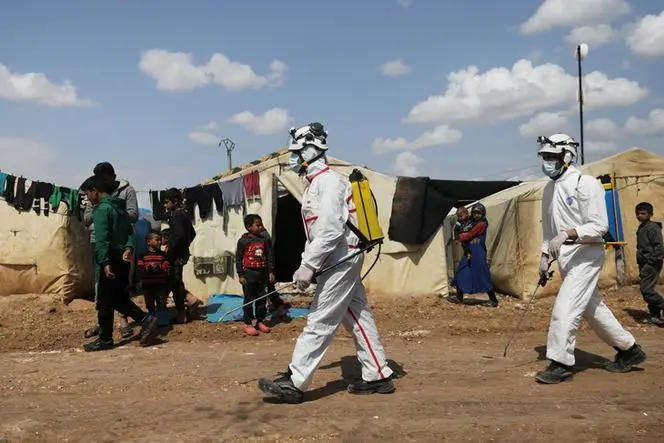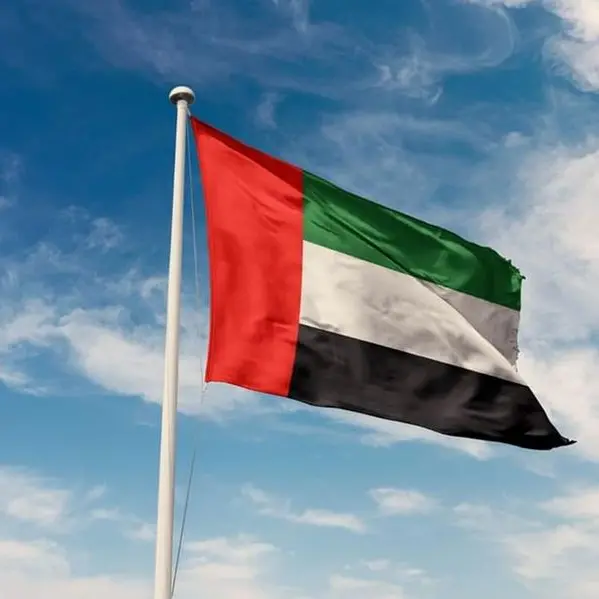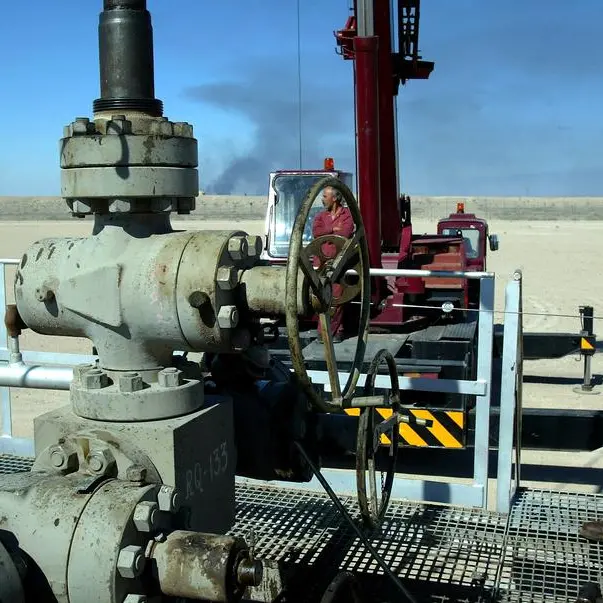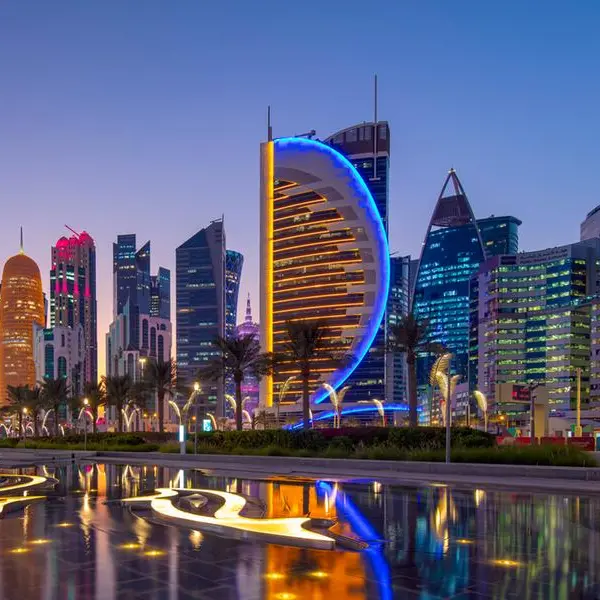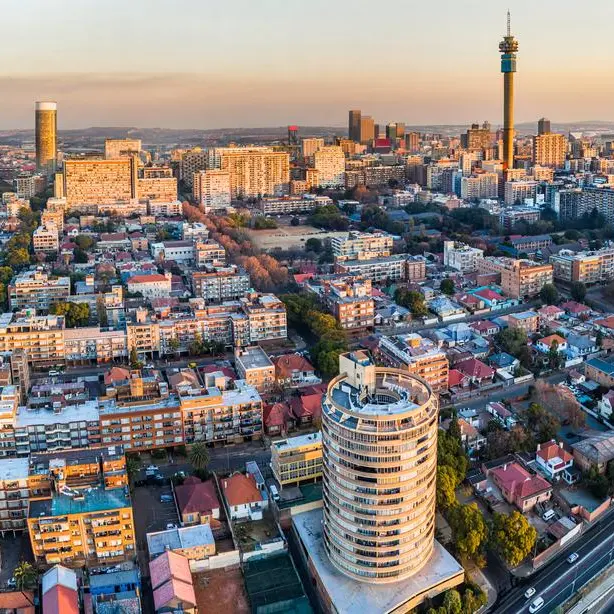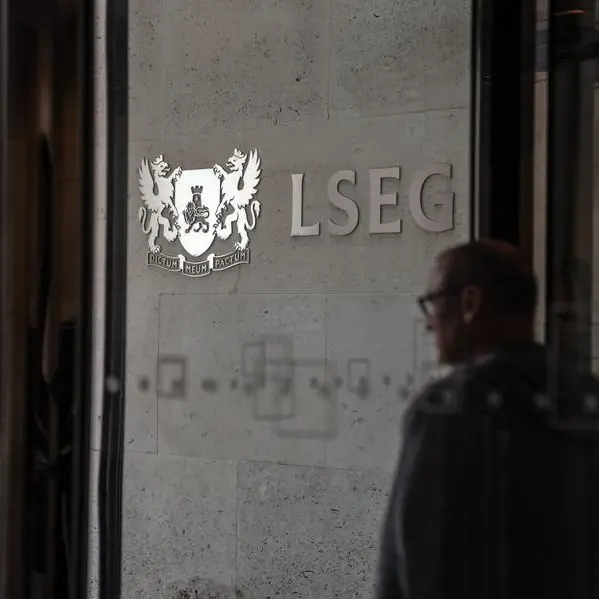PHOTO
The more pressure that is placed on a spring, the more tension is built up inside it and the higher it will jump when the pressure is released. This is my definition of the “Arab spring” — not related to spring as a season, but rather to a metal coil. Keeping the pressure on causes more damage and it becomes more costly and takes longer to return to a stable equilibrium. This summarizes international policy in Syria, where the spring is being pushed to breaking point.
There are several lessons that can be learned from this redefinition on the 10th anniversary of the Syrian revolution and the protests in Tunisia, Egypt, Libya and Yemen.
These were not the first revolts in the region. Twenty years before, in 1991, after the liberation of Kuwait, protests erupted in Iraq against the regime of Saddam Hussein. The perception of the regime as weak, the presence of coalition forces, and a statement by US President George H.W. Bush encouraged the population. Within two weeks, the central government had lost control of 14 out of 18 provinces, with protesters taking over the Ba’ath Party and Mukhabarat headquarters in town after town. If the regime had collapsed then, Iraq and the region would be in a much better place today.
But this was not to be. The coalition forces led by the US allowed Saddam’s helicopters to literally fly over their heads to massacre the protesters. Anything between 60,000 and 200,000 people were killed — and that was just the beginning. Instead of the international community protecting Iraqi civilians, they were punished with sanctions and the regime was given a free hand to continue its slaughters in the south, the north and in the marshes. Mass graves, mainly in the south of Iraq, are being discovered to this day.
No-fly zones divided the country into three areas and sporadic bombings were calibrated just enough so as not to endanger the regime and cause its collapse. The regime also gained more power with the UN’s Oil-for-Food Program; one could not get hold of even an aspirin without going through the Ba’ath Party.
The country was driven back to the Stone Age with poverty, institutional collapses and sectarian tensions. This is when university professors, instead of using their books to teach, had to resort to selling them to feed their children. Thousands were arrested, tortured and disappeared, while millions became refugees in surrounding countries.
The Iran-Iraq War, the massacres of Kurds in the Anfal campaign, gassing them in Halabja in 1988, and the brutal killing of Shiites in 1991 were just some of the calamities Saddam brought on the country. But he was kept in power out of fear of the aftermath. At the same time, the damage done by keeping him in power made the eventual aftermath so much worse. What we saw in Iraq after the invasion of 2003 was not the result of removing Saddam — it was the consequence of him being at the helm of party and country for 24 years.
If there is one lesson to be learned from Iraq, it is that civilians need protection from tyrannical regimes. What happened instead is that the regime was protected, with little care as to the consequences. The US came to the wrong conclusion in the wake of the First Gulf War: That regime change should be prevented at all costs.
Now it is the Syrians who are paying the price of such erroneous conclusions and the policies derived from them. When the Syrian population rose up against the Assad regime, it was again encouraged by the presence of international troops in the region and the support given to other revolts like the one in Libya. The image of the fall of the statue of Saddam in Baghdad was also powerful and inspiring. The Syrians were confident they would be protected if they went to the streets, but instead the regime interpreted ambiguous messages from the international community as a license to kill.
Again, the regime was allowed to massacre its own people and destroy much of the country. Again, thousands were arrested, tortured and disappeared and millions internally displaced or turned into refugees. They were promised help but were only given so-called “non-lethal” aid to confront regime barrel bombs, the Russian Air Force, and Hezbollah and other Iranian proxy militias.
What happened in Syria had consequences in neighboring countries and beyond; even the border crisis and the rise of the far right in the EU was related to the large influx of refugees from Syria. Meanwhile, Iran was given a license to kill and a free hand, with its interventions in the region going unmentioned to protect the negotiations over the Joint Comprehensive Plan of Action nuclear deal. Like in Iraq, sectarianism and radicalism increased and the healing will take generations.
The lessons from the spring are that the pressure should be released early. Civilians must be protected: We failed to protect them in both Iraq and Syria. Populations should also not be encouraged to revolt and then abandoned to be slaughtered — we did that in both Iraq and Syria too and will be paying the price for a long time to come. It is also a mistake to keep a brutal regime in power in the name of stability, as the damage the regime causes creates much more instability later on.
The most important lesson to be learned is the mistake that was made in both Iraq in 1991 and Syria in 2011: Instead of helping people get rid of the regimes, the regimes were allowed to get rid of the people.
- Nadim Shehadi is the executive director of the LAU Headquarters and Academic Center in New York and an Associate Fellow of Chatham House in London.
Copyright: Arab News © 2021 All rights reserved. Provided by SyndiGate Media Inc. (Syndigate.info).
